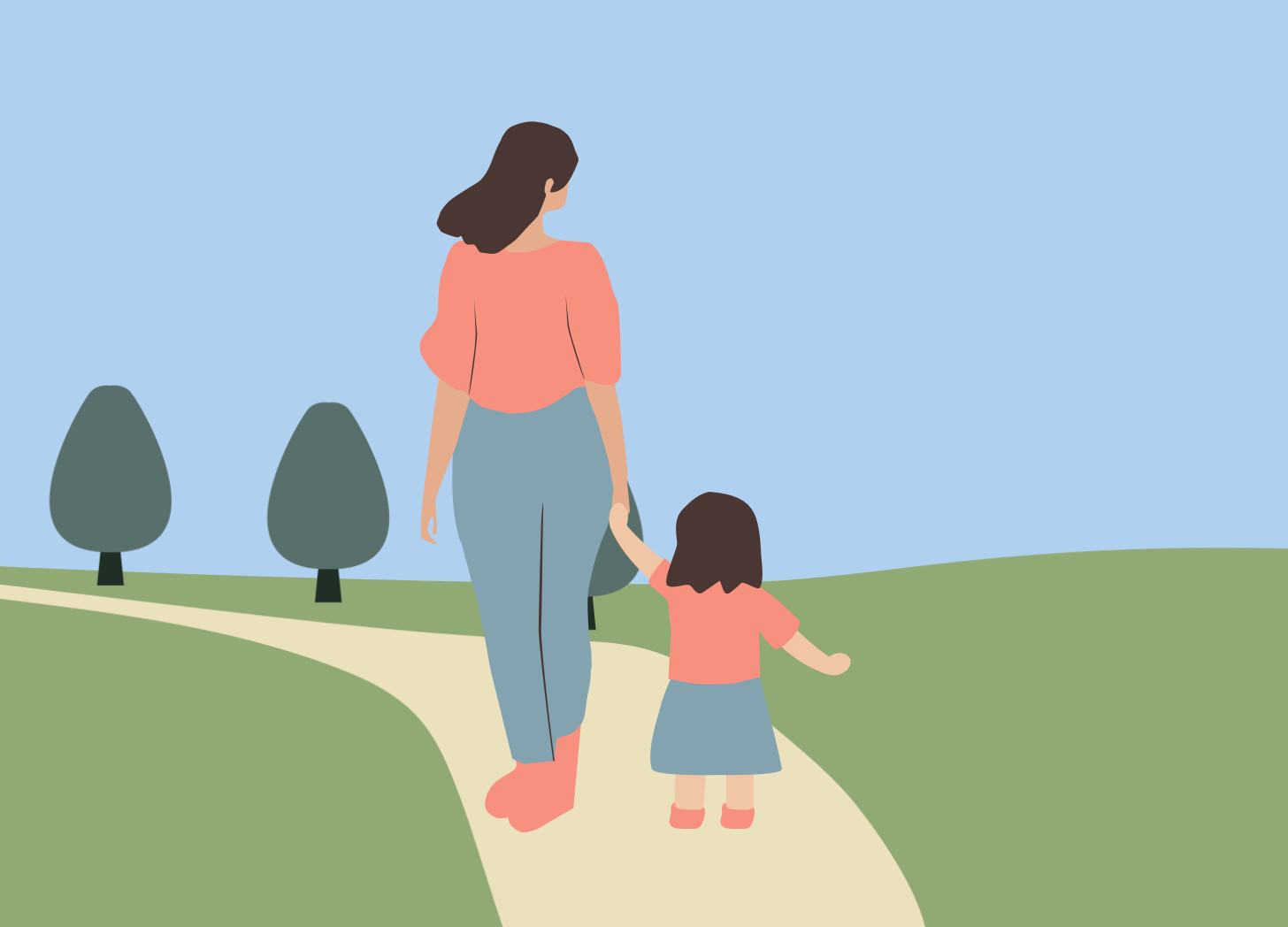Hi! I’m Kate, a psychotherapist writing about mental health and self-discovery, for you to flourish in a life you love. When we cultivate compassion, resilience and understanding, we also create a more harmonious world. Upgrade here for transformative journaling prompts, empowering tools, workbooks and guided meditations, and if you would like to support my work.
Hi friends
I wrote last week about feeling vulnerable on Christmas Day in 2020, which in part led to me writing my children’s novel The Wish That Saved Christmas over the next year or two. I connected with the child-like like parts of myself during the course I took to bring it to life. I had done developmental work during my counselling and psychotherapy trainings too, helping me to integrate and fill those gaps that I previously hid from myself and others. I needed this work to strengthen my sense of self, self acceptance and the freedom and growth I’ve enjoyed since.
So, I wanted to share with you why this inner child work is useful, and at the end of this post, the questions and exercises will help you uncover and tend to those hidden child-like parts. The less developed, less high functioning, or less socially acceptable parts, at least in your eyes. Maybe it’s time to acknowledge and embrace them!
Your Inner Child: Why It Matters
We all have developmental gaps. None of us get through a perfect childhood with perfect parents and a perfectly integrated psyche. In fact, the perfect parent is a myth: therorists believe that we need to be let down, little by little, allowing our autonomy to develop instead, until we reach adulthood. Our development continues all through our lives.
Of course, big let downs in childhood like neglect and trauma do often lead to issues in later life, and we can feel stuck or fearful, like a child in an adult body and world. A wounded dependancy (we are all dependant as children) can result in over reliance on others, low self esteem, anxiety, mood issues, alcohol or drug dependency, magical thinking, and more. We may have issues with trust, intimacy, shame and self doubt, guilt, inferiority or role confusion. We could be overly rebellious, passive, wild, unregulated, un-boundaried, over boundaried, critical, or passive aggressive. We may be overly reliant on approval or fear rejection.
These developmental gaps can be resolved in therapy without you noticing, these symptoms falling away as if by magic. And/or you can do some self directed work below, with the insights and exercises I’ll share.
Our inner child is a metaphor for the parts of us that are vulnerable, undeveloped, and need support. It is the part of you that holds your earliest feelings, needs, and processes. Connecting with these younger parts of us helps us understand the origins of many of our adult behaviours and emotions, including why and when these more undeveloped parts of us may inhibit us.
Can Inner Child Work be Unhelpful?
Inner child work often goes along in the background when we have therapy. Sometimes, my client would become childlike as we touched on particular topics. In these instances I’ll be more tender, and they would talk through their materials, or express their feelings, with me right by their side, accepted without judgement. This is often not what they experienced at the time they most needed it. Sometimes someone is to blame, and sometimes this is circumstance or the limitations of parents trying their best. Either way, we are adults now, and awareness brings choice.
Unhelpful therapists can over-emphasise inner child work, drawing clients into an unhealthy childlike state without adequately restoring them to function in a their life of responsibilities and adult relationships. Rogue therapists may draw clients into a dependant relationship with them that can last years, rather than restoring the client to their whole self. One phrase that makes me shudder is “I’ll see what my therapist thinks.”
A therapist should not be sharing what they think, but facilitating you to find what you think. They seek to make themselves redundant, and facilitate the growth of your autonomy. In some cases we do need to internalise from our therapist, and the odd opinion can be helpful for a minority. If you ever take advice from a therapist, make sure their life and soul is something you may aspire to. Some people with serious, life inhibiting mental health issues following a troubled childhood often need lifelong therapy to enable a decent quality of life and prevent relapse.
The Role of the Inner Child in Healing and Growth
By reconnecting with the child part of yourself, you can uncover and heal old wounds that may still affect you today, often without you realising that’s what it is.
I like to think of us as Russian dolls, with layers of self that go with us everywhere. When we give attention and care to these early parts of ourselves, we create a foundation of self-compassion and self-acceptance, which benefits our adult life.
We can reduce self-doubt, build confidence, and improve relationships. It allows us to respond to challenges with a greater sense of security and resilience, since we’re not reacting from old, unhealed fears.
Connecting with our inner child promotes a more integrated, authentic sense of self, allowing us to approach life with openness, trust, and a sense of inner peace.
Let’s be curious about our inner child without judgement.
Let’s notice our developmental gaps, and our unmet needs - noticing is the first step.
Let’s take the child like part of us with us in love and kindness.
Let’s reparent, nurture and grow them.
Let’s give them a chance to be who they wanted to be.
Let’s give them a great big hug.
You may also want to look though the Heal Your Past Series.
If in relationships or at work we find ourselves confused, out of our depth, and spiralling into a childlike relational process, we can configure ourselves and others from a childlike state, unable to access our more adult inner faculties. I know I can feel child like when criticised or rejected, though I now become aware, and rectify with reframing, grounding and reality checking so I can recover and continue.
Discover and Embrace Your Inner Child Exercises
If this resonates, take some time out to give space to your inner child today with the exercises below. This is for my paid community who seek to do the work they need to bloom and flourish in their lives.
Give your inner child the attention they may have once longed for and perhaps still crave. I have also included developmental stages we go through to help identify where you may have got stuck.
If you enjoyed this post, will you press the heart to let me know you are reading? And feel free to share or restack on Substack if you think others may value it. This also supports me and my work to help others flourish in life, despite everything.
With love and gratitude,
Kate
Not a paid member yet? You’re welcome here. To do this work and for more posts and therapeutic self-discovery work, upgrade here and join my community of like-minded people creating a more harmonious world, starting from within!






